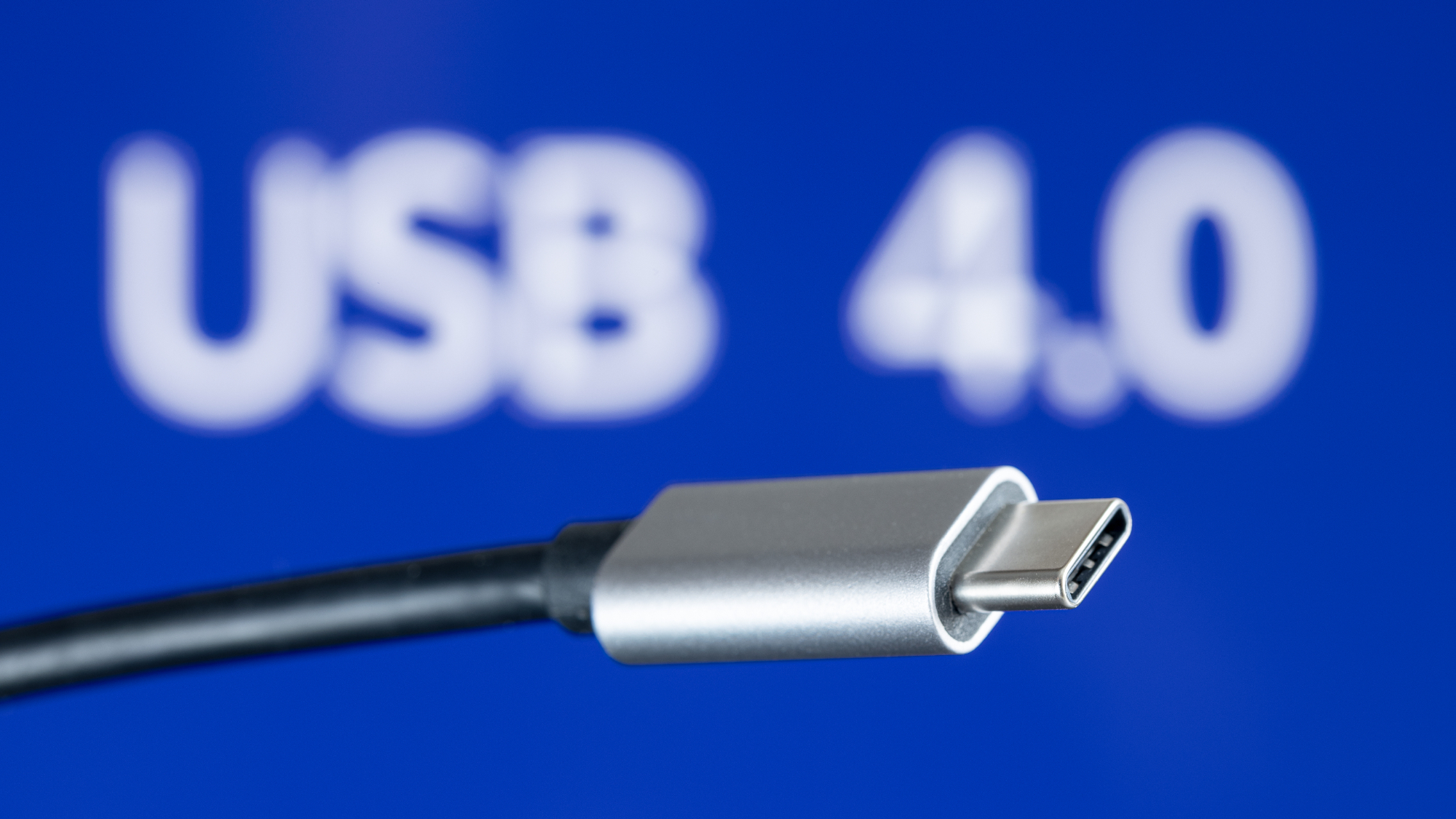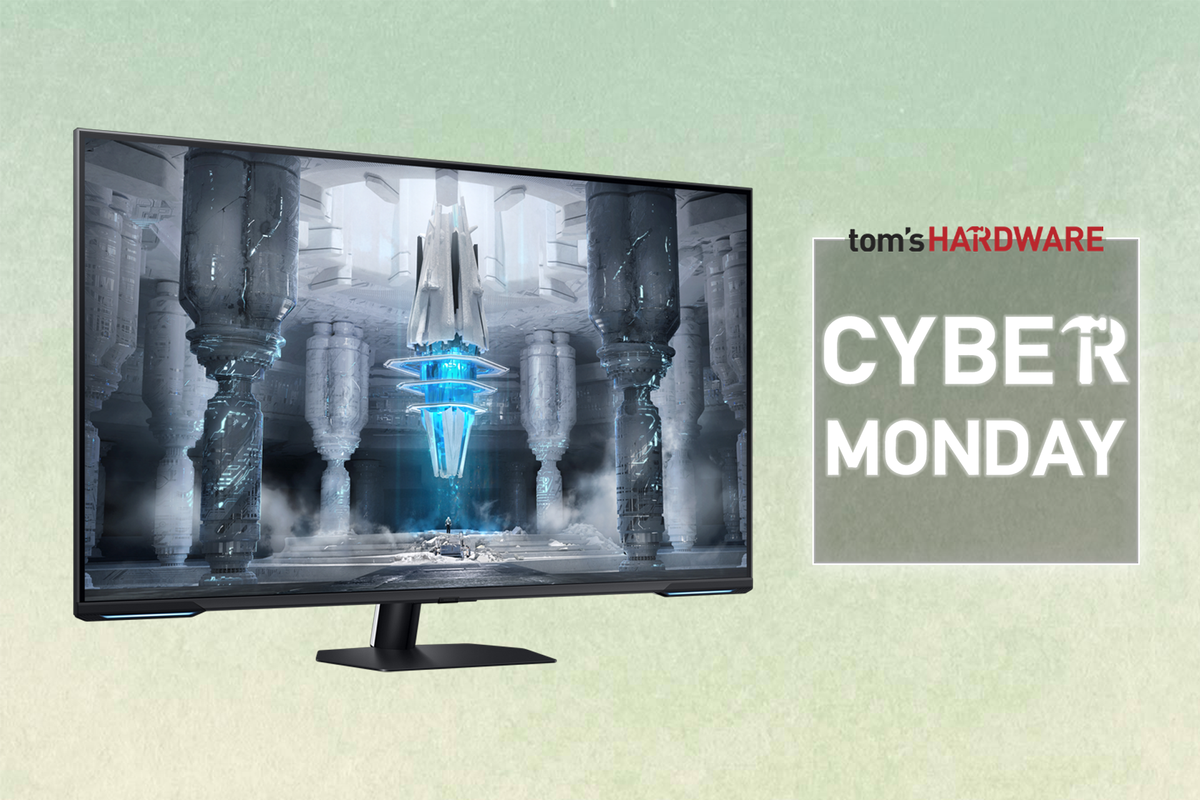With its 80 Gb/s transfer rate and a 120 Gb/s boost mode for high-performance displays, USB4 version 2 represents a major breakthrough in terms of connectivity. Unfortunately, for now, there are only two USB4 v2 controllers for PCs on the market: one from Apple, another from Intel (the JHL9580), so there is almost no way to add USB4 v2 to AMD platforms. Good news: this is going to change, as both ASMedia and Via Labs have revealed to Tom's Hardware that they are working on controllers set to launch in the next two years.
At Computex, we met with representatives from ASMedia and Via Labs, two well-known makers of external controllers for various connectivity standards. In fact, ASMedia develops chipsets for AMD. Both companies are working on USB 4 v2 controllers, yet ASMedia plans to release its chip towards the end of 2026, while Via Labs intends to launch its USB 4 v2 solution sometime in 2027. For now, it is not clear whether ASMedia and Via Labs are also developing USB4 v2 PHY in-house or plan to use an off-the-shelf offering from, say, Synopsys.
Releasing controller chips does not necessarily mean their immediate adoption by actual makers of motherboards and laptops. The controllers must pass certification procedures by the USB-IF and PCI-SIG, and then they must be qualified by motherboard and/or PC makers, which takes time.
That said, it is reasonable to expect PCs and motherboards with ASMedia’s USB4 v2 controllers to be introduced at CES 2027 and hit the market in early 2027. Until then, USB4 version 2 with an 80 Gb/s transfer rate and 120 Gb/s boost mode will be a prerogative of Apple and Intel-based machines.
Such a long development cycle for USB4 v2 controllers should not come as a surprise. USB4 version 2.0 represents a significant upgrade to USB4 by doubling the maximum symmetrical bandwidth from 40 Gbps to 80 Gbps and enabling a 120 Gbps asymmetric mode (3 transmit lanes, 1 receive lane) for high-resolution display use cases. But performance is perhaps not the key difference between USB4 and USB4 v2, as the latter introduces a new signaling method — PAM-3 — that transmits more bits per cycle than the NRZ encoding used in USB4 while still operating over existing certified USB-C cables. However, usage of PAM-3 comes at a price as encoding and decoding get significantly more tricky and demanding in terms of resources. The protocol support of USB4 v2 is also enhanced: it can tunnel faster protocols like PCIe 4.0 and DisplayPort 2.1, whereas USB4 is limited to PCIe 3.0 and DisplayPort 1.4a. Adding all these features and making sure they work takes a long time, which is why ASMedia and Via Labs will be two or three years late to market compared to Apple and Intel.
Swipe to scroll horizontally
| Row 0 - Cell 0 | USB4 | USB4 v2.0 | Thunderbolt 4 | Thunderbolt 5 |
Max Bandwidth (Bi-dir) | 40 Gbps | 80 Gbps | 40 Gbps | 80 Gbps |
Max Bandwidth (Uni-dir) | 40 Gbps | 120 Gbps (3:1 asymmetric) | 40 Gbps | 120 Gbps |
Encoding | NRZ | PAM-3 | NRZ | PAM-3 |
Connector Type | USB-C | USB-C | USB-C | USB-C |
Cable Compatibility | Active/passive for 40 Gbps | Passive 40 Gbps cables usable for 80 Gbps | Same as TB3, requires certified cables | Requires certified cables for 80/120 Gbps |
Display Support | DisplayPort 1.4a (via tunneling) | DisplayPort 2.1 (via tunneling) | DisplayPort 1.4a / 2.0 (optional) | DisplayPort 2.1a |
Data Protocols (Tunneling) | USB 3.2, PCIe 3.0, DP 1.4a | USB 3.2, PCIe 4.0, DP 2.1 | PCIe 3.0, USB 3.2 Gen 2x2 | PCIe 4.0/5.0, USB 4, DP 2.1a |
PCIe Support | PCIe 3.0 x4 (32 Gbps) | PCIe 4.0 x4 (64 Gbps) | PCIe 3.0 x4 (32 Gbps) | PCIe 5.0 x4 |
Power Delivery (PD) | Optional (up to 100W) | Up to 240W (PD 3.1) | Mandatory (up to 100W) | Mandatory (up to 240W) |
Backward Compatibility | USB 3.2, 2.0 | USB4, USB 3.2, 2.0 | TB3, USB4, USB 3.2 | TB4, TB3, USB4 v2.0, USB 3.x |
Announced | 2019 | 2022 | 2020 | 2023 |
First introduced | 2020 | 2024 | 2020 | 2024 |
Perhaps, the only connectivity standard that is harder to implement on both the silicon and system levels is Intel's Thunderbolt 5. TB5 sits on top of USB4 v2 (in fact, Intel requires adopters of TB5 to first certify their products with the USB-IF for USB4 v2 compliance), adopts similar signaling technology, and offers equivalent 80 Gbps bi-directional throughput with support for the same 120 Gbps asymmetric mode under its 'Bandwidth Boost' feature. However, it adds strict requirements for system builders: mandatory support for PCIe 4.0/5.0, DisplayPort 2.1a, and guaranteed 240W power delivery through certified cables and devices. It also supports advanced docking and daisy-chaining configurations with precise guarantees that USB4 lacks.
Follow Tom's Hardware on Google News to get our up-to-date news, analysis, and reviews in your feeds. Make sure to click the Follow button.

 6 months ago
70
6 months ago
70








 English (US) ·
English (US) ·